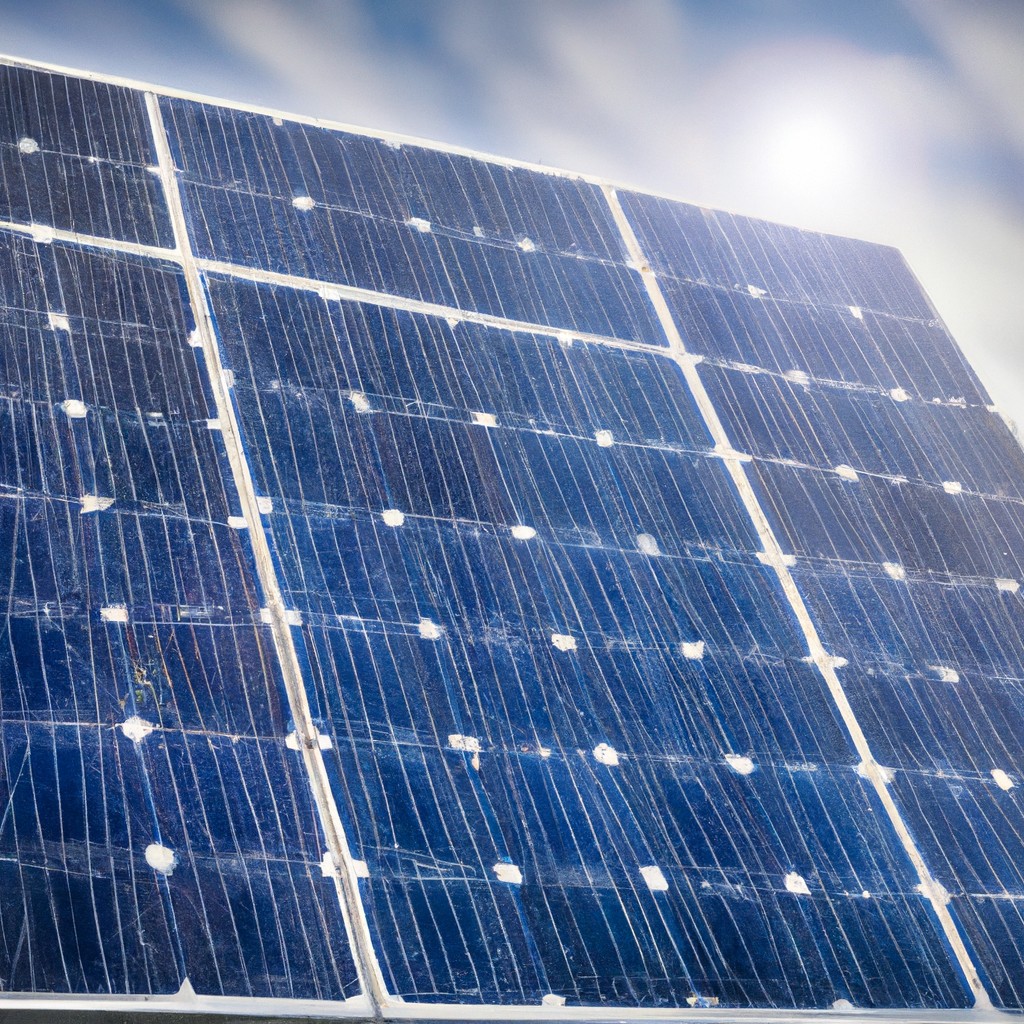Solar lights function at night by utilizing stored energy collected from sunlight during the day.
Key takeaways:
- Solar lights utilize stored energy from sunlight to work at night.
- Solar panels convert solar energy into electricity for charging batteries.
- Batteries store and provide electricity for illumination after sunset.
- Photoreceptors activate the batteries and turn the light on automatically.
- Solar lights provide convenient, eco-friendly outdoor lighting solutions.
The Solar Panel Receives Energy From the Sun

Harvesting sunlight is the first step in the process that allows solar lights to operate at night. Solar panels consist of photovoltaic (PV) cells, which are designed to capture solar energy. When the sun shines, these PV cells absorb photons, initiating the flow of electrons. This flow is the basis for electric current. Even on cloudy days, solar panels can still gather energy, although efficiency may decrease. The materials used in these cells, typically silicon, are selected for their semiconductive properties that facilitate this energy conversion. This direct current (DC) electricity generated is then ready to be used in charging the solar light’s batteries, laying the groundwork for nighttime illumination.
The Solar Panel Converts Solar Energy Into Electricity
Solar panels are critical in harnessing the sun’s power. They are composed of photovoltaic (PV) cells, which are semiconductor devices that can convert light into electricity. When sunlight hits these cells, it knocks electrons loose from their atoms. As the electrons flow through the cell, they generate an electric current.
This process, known as the photovoltaic effect, is the cornerstone of how solar lights operate. The electricity generated is direct current (DC), which is the same type used by batteries. However, before it can be stored, it often requires a charge controller. This device ensures the battery is charged correctly and prevents overcharging, which can damage the battery and reduce its lifespan.
It is this efficient conversion of sunlight to electrical energy by the solar panel during the day that makes it possible for solar lights to illuminate the dark. Without sunlight, the process cannot occur, which is why solar lights rely on stored energy come nightfall. The efficiency of this conversion depends on the quality of the solar panel and the technology behind the PV cells. Hence, advancements in materials science and solar technology continually increase how much electricity can be produced from the same amount of sunlight.
Electrical Power Charges the Batteries
Once the solar panel has harnessed sunlight and converted it into electricity, this energy needs to be stored for later use. This is where batteries come into play. They are a crucial component in ensuring that solar lights maintain illumination after sunset.
During daylight hours, the solar panel generates a direct current (DC) of electricity. This current flows into the batteries, initiating a chemical reaction within them that stores the energy. It’s important to note that the capacity of these batteries determines how long the light can operate during periods of darkness. Typically, these are rechargeable, eco-friendly batteries like nickel-metal hydride (NiMH) or lithium-ion which are known for their efficiency and longevity.
The charging process is managed by a charge controller, a small but significant device within the solar circuitry. It prevents overcharging, which can significantly reduce battery life, and undercharging, ensuring the batteries are sufficiently charged to power the lights through the night.
Moreover, modern solar lights often incorporate smart technology to manage energy use most effectively. This can include adjusting the light output based on the stored energy to ensure that the lights last until morning.
It’s this combination of solar panels, batteries, and control systems that collaboratively ensure that your garden or street remains illuminated, even on the cloudiest of days when sunlight is minimal.
The Batteries Are Activated At Night Time
Solar lights rely on rechargeable batteries to store energy. Throughout the day, the solar panel’s harvested energy is used to charge these batteries. When the sun sets, the decrease in light levels triggers a photoreceptor within the solar lighting unit. This sensor acts as a signal to switch the light on.
The activation of batteries at night is a seamless process integral to the autonomous operation of solar lights. The stored electricity within the batteries is what powers the light after dusk, ensuring that it remains illuminated throughout the night. The duration the light remains active is dependent on the battery capacity and the amount of solar energy converted and stored during the day.
Advanced solar lights come with batteries featuring high energy densities, which allows them to hold more charge and power the lights for longer periods. This makes them an efficient and reliable source of lighting after sunset. The more sophisticated the battery technology, the better the performance of the solar light in terms of both brightness and time duration.
The Light Switches On Automatically
Solar lights are equipped with photoreceptors that detect the level of surrounding light. These sensors act as a switch that automatically turns the light on when the environment gets dark enough. This photoreceptor, commonly called a photocell, allows the light fixture to operate autonomously without manual intervention. Here’s how it works:
- Photocells contain a light-sensitive component that changes its resistance depending on the light it is exposed to. In high resistance during the night, the electric circuit is completed and the light is activated.
- This automatic feature conserves the stored energy in the batteries for when it is truly needed, ensuring the solar lights illuminate through the hours of darkness.
Since the process is fully automated, solar lights provide a convenient and eco-friendly lighting solution for a variety of outdoor settings, illuminating pathways, gardens, and patios reliably every night.




